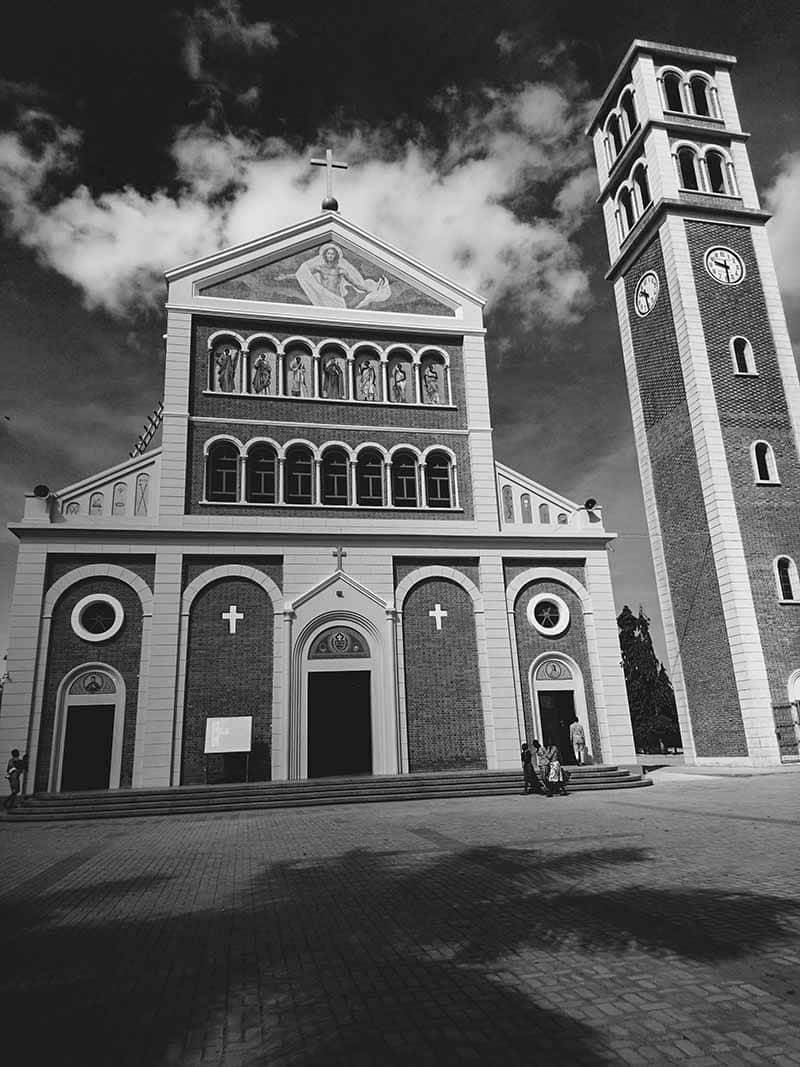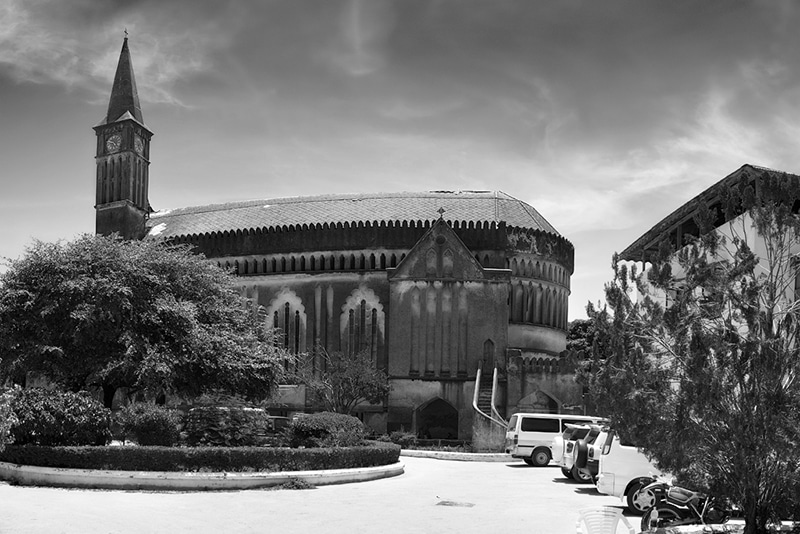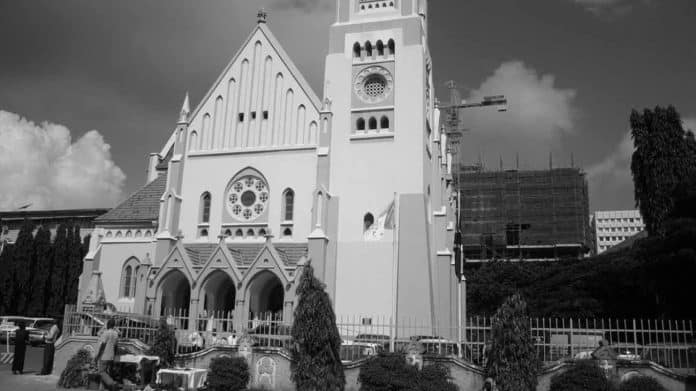Exploring the Rich Architectural Heritage: A Comprehensive List of Cathedrals in Tanzania
Introduction to Tanzania’s Architectural Heritage
Tanzania, a country known for its natural wonders and vibrant culture, also boasts a rich architectural heritage. From ancient ruins to colonial-era buildings, Tanzania’s architecture reflects its diverse history and influences. One particular architectural marvel that stands out is the cathedral. Cathedrals in Tanzania not only serve as places of worship but also hold historical and cultural significance. In this comprehensive list, we will explore the cathedrals that grace the Tanzanian landscape, delving into their historical importance, architectural features, and the role they play in Tanzanian society today.
Importance of Cathedrals in Tanzanian History and Culture
The long list of cathedrals in Tanzania have played a crucial role in Tanzanian history and culture. As Tanzania transitioned from a colony to an independent nation, cathedrals became symbols of freedom, resilience, and national identity. These magnificent structures witnessed significant events that shaped the nation’s history, such as the struggle for independence and the formation of a united Tanzania. Cathedrals also served as centers of education and cultural exchange, nurturing the growth of Tanzanian arts, music, and literature.
Factors that Influenced the Establishment of Cathedrals in Tanzania
Several factors influenced the establishment of cathedrals in Tanzania. One such factor is the strong presence of Christianity in the country. Christianity arrived in Tanzania with the arrival of European missionaries, who sought to spread their faith and establish places of worship. Additionally, the colonial influence in Tanzania’s history played a role in the construction of cathedrals. The colonizers, with their architectural styles and religious beliefs, left a lasting impact on the Tanzanian landscape, leading to the construction of grand cathedrals that blend European and African architectural elements.

The Role of Cathedrals in Tanzanian Society Today
In present-day Tanzania, cathedrals continue to hold a significant role in society. They serve as spiritual sanctuaries, welcoming worshipers and providing a space for reflection and prayer. This list of cathedrals in Tanzania also act as cultural centers, hosting various events and celebrations that bring communities together. Moreover, they contribute to the preservation of Tanzanian heritage by showcasing historical artifacts, religious art, and architectural splendor. These cathedrals, with their timeless beauty, stand as testaments to the country’s past, present, and future.
A Comprehensive List of Cathedrals in Tanzania
- St. Joseph’s Cathedral, Dar es Salaam
- Christ Church Cathedral, Zanzibar
- St. Peter’s Cathedral, Bukoba
- St. Michael’s Cathedral, Shinyanga
- St. Joseph’s Cathedral, Mbeya
- St. Joseph’s Cathedral, Mwanza
- St. Augustine’s Cathedral, Dodoma
- St. Paul’s Cathedral, Iringa
- St. John’s Cathedral, Arusha
- St. Paul’s Cathedral, Morogoro

Notable Features and Architectural Styles of Tanzanian Cathedrals
Tanzanian cathedrals exhibit a blend of architectural styles, reflecting both European and African influences. The magnificent St. Joseph’s Cathedral in Dar es Salaam, for example, showcases a Gothic architectural style, with its towering spires and intricate stained glass windows. On the other hand, the Christ Church Cathedral in Zanzibar is a masterpiece of Arab-Islamic architecture, boasting ornate archways, domes, and minarets. Each cathedral has its unique features, such as the vibrant murals in St. Peter’s Cathedral in Bukoba or the imposing bell tower of St. Michael’s Cathedral in Shinyanga.
Exploring the Historical Significance of Each Cathedral
- St. Joseph’s Cathedral, Dar es Salaam: This cathedral witnessed the independence movement and continues to be a symbol of national unity.
- Christ Church Cathedral, Zanzibar: Built on the site of a former slave market, this cathedral represents the triumph over oppression and stands as a reminder of Zanzibar’s history.
- St. Peter’s Cathedral, Bukoba: Known for its vibrant murals depicting scenes from Tanzanian folklore, this cathedral showcases the country’s rich cultural heritage.
- St. Michael’s Cathedral, Shinyanga: This cathedral played a pivotal role in the growth of Christianity in the region and remains an important spiritual center.
- St. Joseph’s Cathedral, Mbeya: Constructed during the colonial era, this cathedral is a testament to the architectural legacy left by the colonizers.
- St. Joseph’s Cathedral, Mwanza: With its stunning lakefront location, this cathedral offers breathtaking views and serves as a pilgrimage site for many.
- St. Augustine’s Cathedral, Dodoma: As the national cathedral of Tanzania, this majestic structure represents the heart of the nation’s religious and cultural identity.
- St. Paul’s Cathedral, Iringa: This cathedral showcases a fusion of African and European architectural styles, reflecting the region’s diverse heritage.
- St. John’s Cathedral, Arusha: Known for its intricate woodwork and serene atmosphere, this cathedral is a peaceful oasis in bustling Arusha.
- St. Paul’s Cathedral, Morogoro: This cathedral stands as a testament to Morogoro’s history and the enduring faith of its people.
Tips for Visiting Cathedrals in Tanzania
When visiting Tanzanian cathedrals, it is essential to respect the religious and cultural significance of these sacred spaces. Dress modestly and adhere to any guidelines provided by the cathedral authorities. Take the time to appreciate the architectural beauty and historical artifacts within the cathedrals. Many cathedrals offer guided tours or have knowledgeable staff who can provide insights into their history and significance. Lastly, don’t forget to capture the awe-inspiring moments through photography, but remember to do so respectfully and without disturbing other visitors.

Preserving and Promoting Tanzania’s Cathedral Heritage
Preserving and promoting Tanzania’s cathedral heritage is crucial to ensure that future generations can appreciate and learn from these architectural wonders. Government authorities, religious organizations, and local communities should work together to maintain the cathedrals’ structural integrity, safeguard historical artifacts, and create educational programs that highlight their significance. Additionally, promoting tourism centered around these cathedrals can generate awareness and funding for their preservation. By valuing and preserving Tanzania’s cathedral heritage, we can celebrate the country’s rich history and cultural diversity.
Tanzania’s cathedrals stand as magnificent testaments to the country’s architectural heritage. From the towering spires of St. Joseph’s Cathedral in Dar es Salaam to the intricate archways of Christ Church Cathedral in Zanzibar, each cathedral tells a unique story. These cathedrals not only serve as places of worship but also hold historical, cultural, and architectural importance. By exploring and appreciating Tanzania’s cathedral heritage, we can gain a deeper understanding of the nation’s past, present, and future. So, whether you are a history enthusiast, a spiritual seeker, or an architectural aficionado, make sure to include the Tanzanian cathedrals in your itinerary for an unforgettable experience.
For more articles related to Infrastructure in Tanzania, click here!































